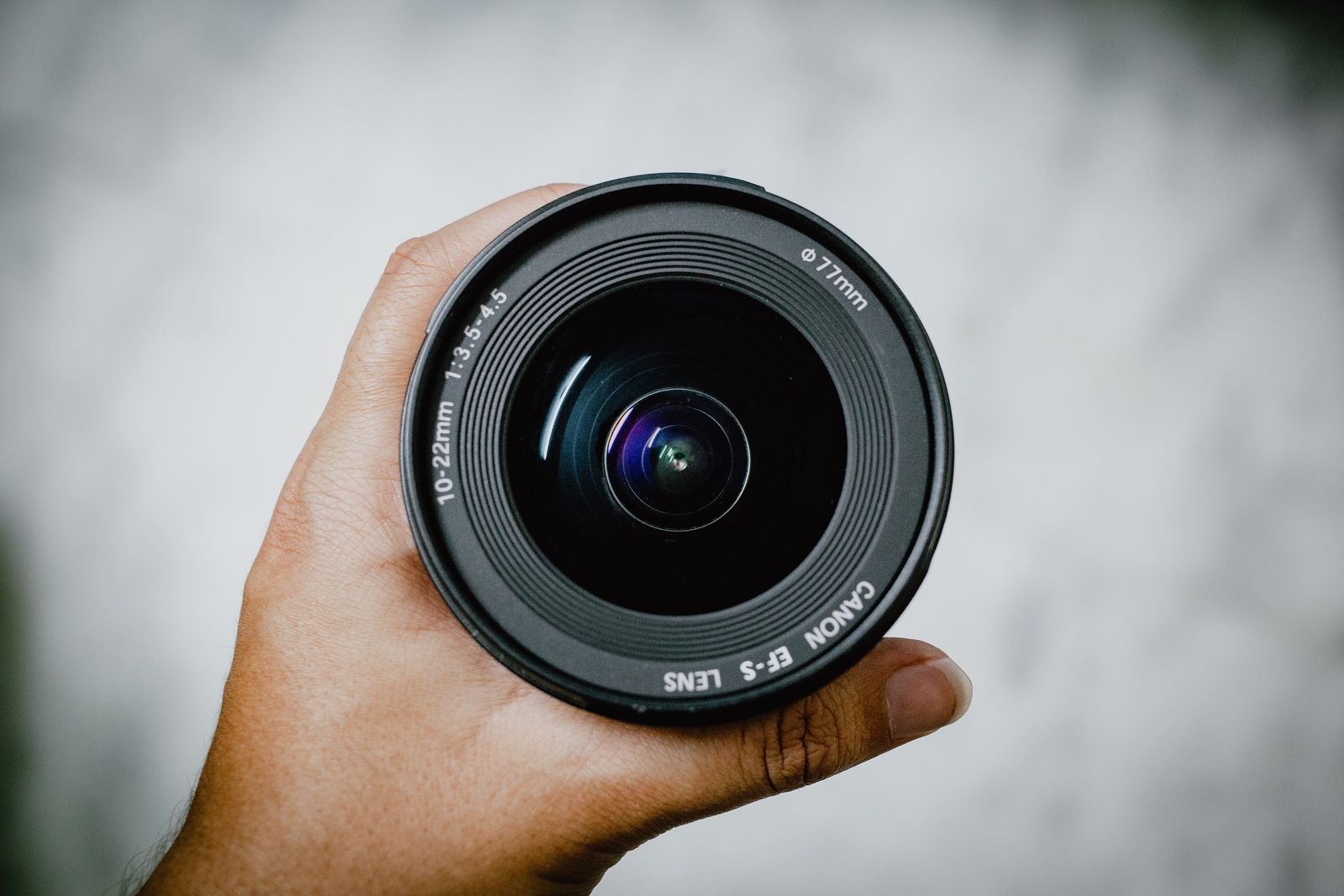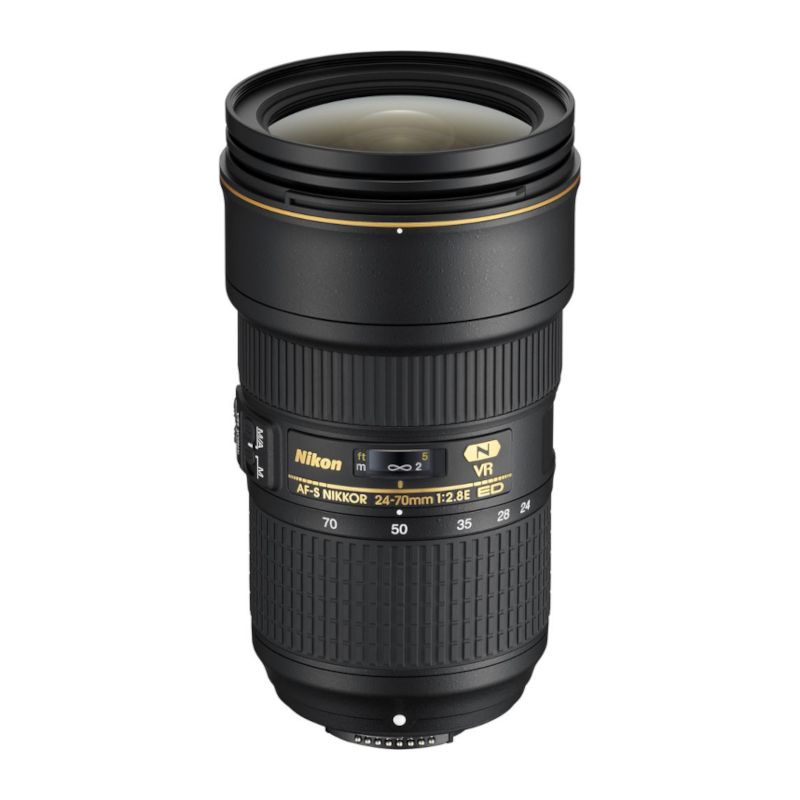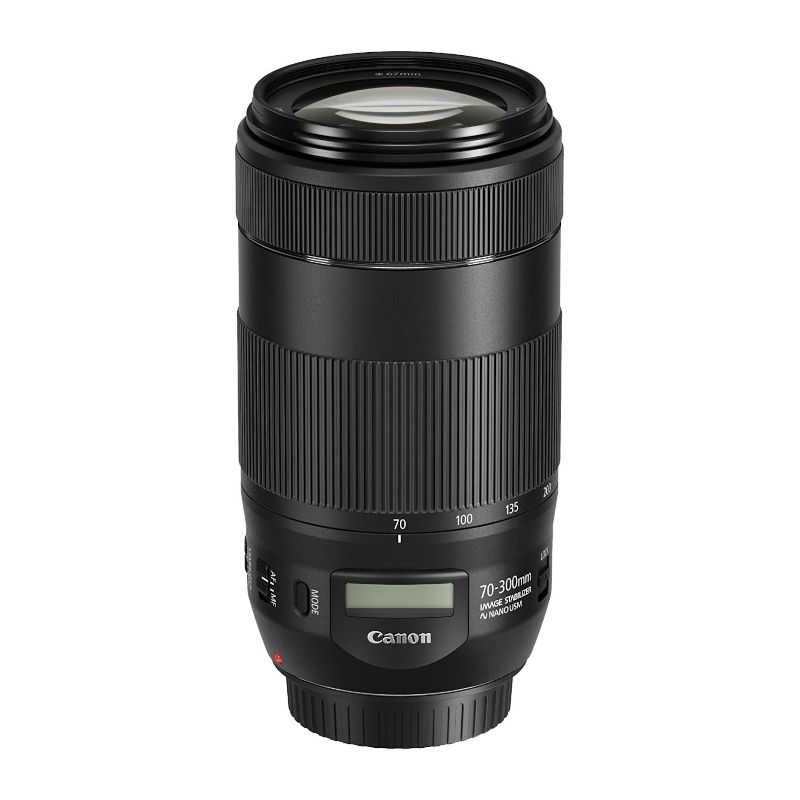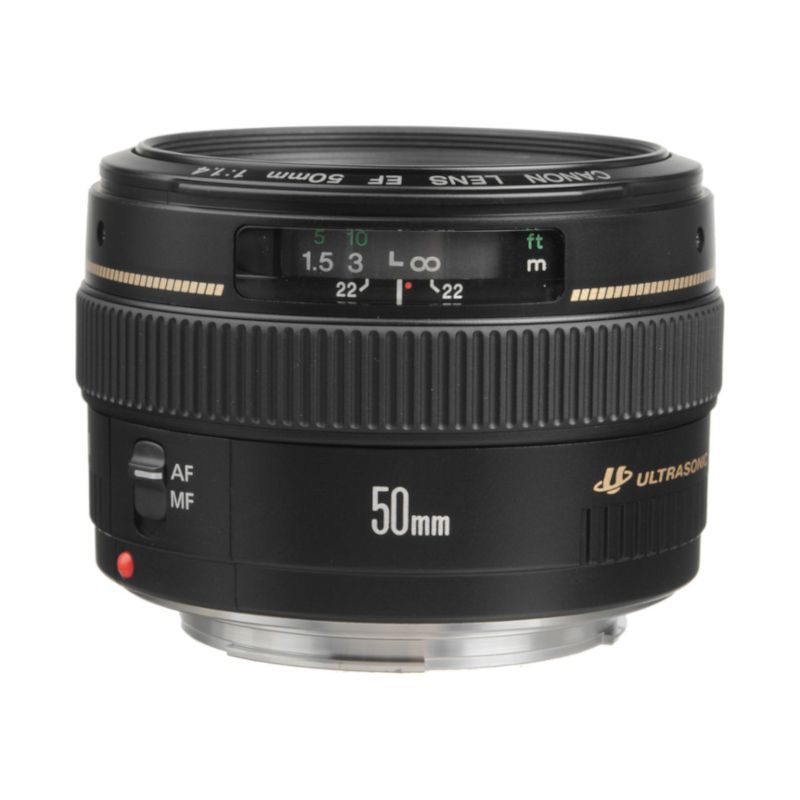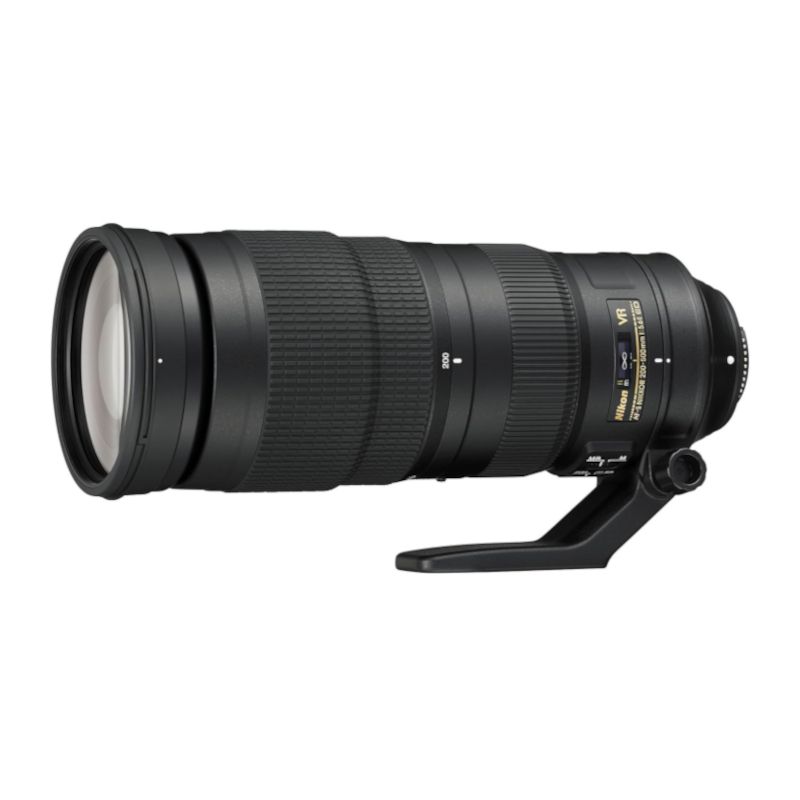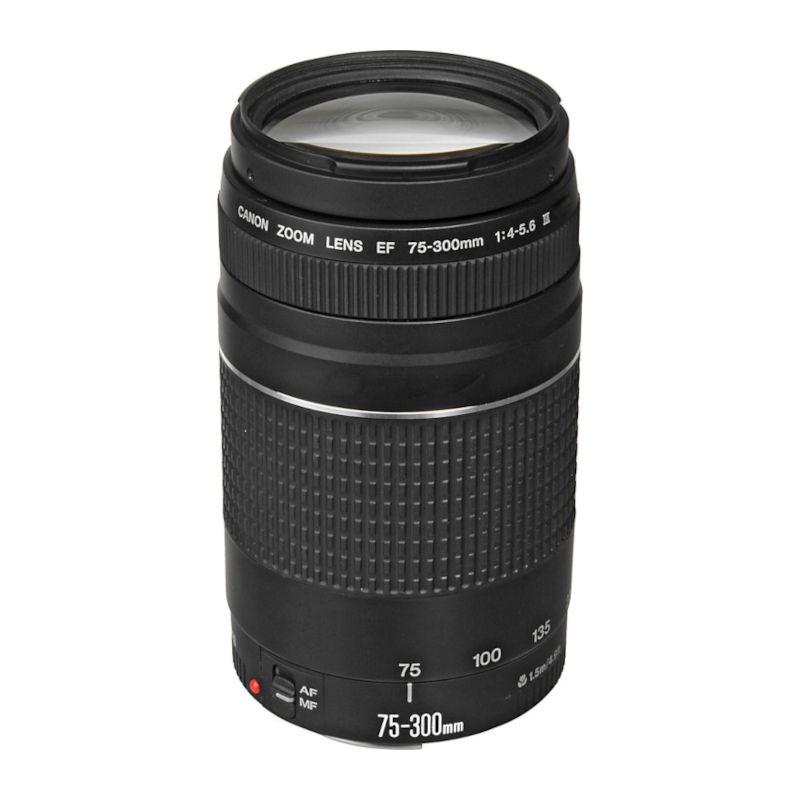We’ve been admirers of DSLR cameras since their inception, and they’ve only gotten better with time. Improvements in software, hardware, and optics have birthed an entire generation of professional-grade DSLR cameras and lenses. In fact, DSLR lenses are some of the best in the biz, as you’ll find them in many a professional’s camera kit. Fast and sharp, these modern lenses can be used for filmmaking, wildlife photography, and action shots. But as with all things, some lenses are better than others. You’ll have to compare the options to make sure your money is wellspent.
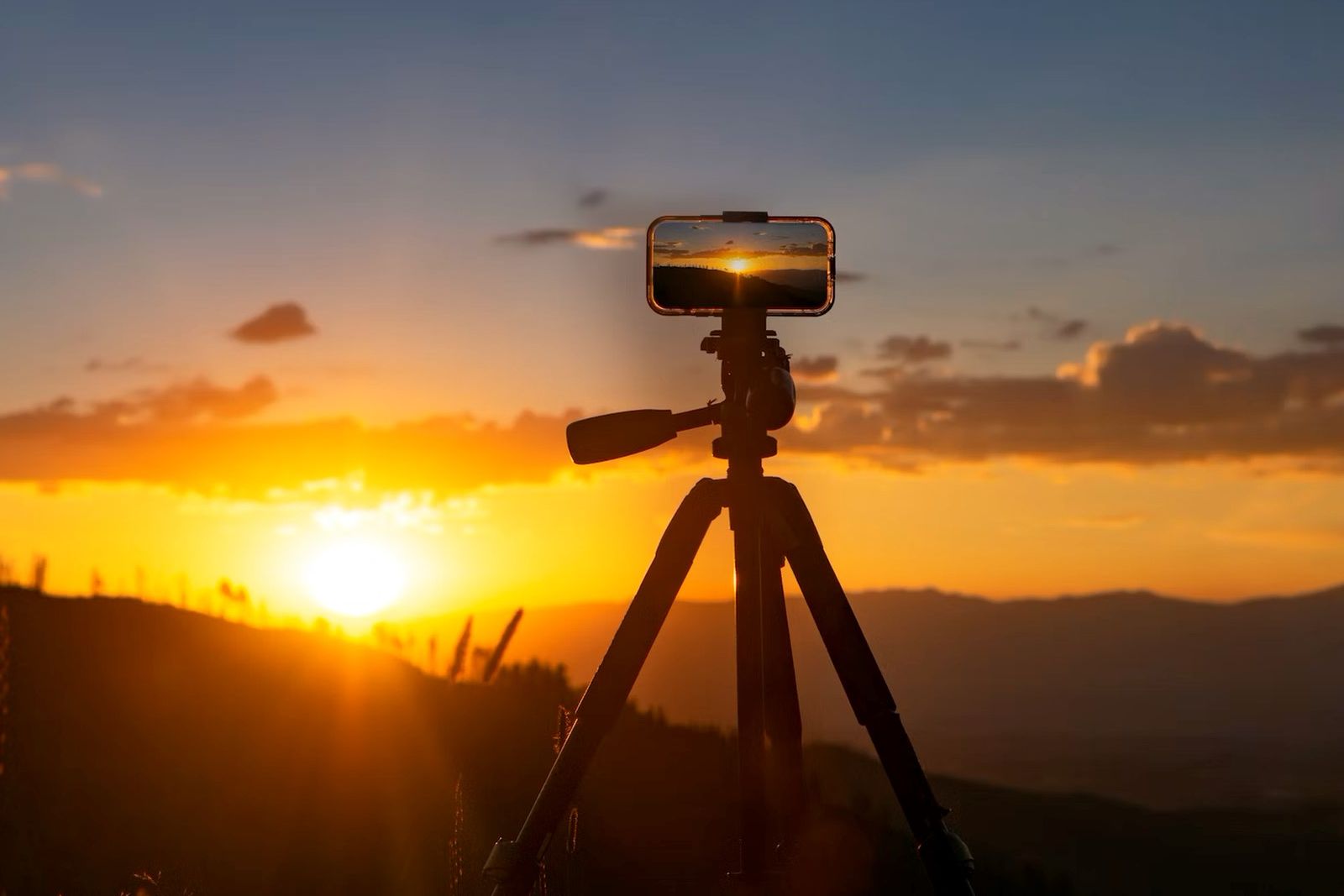
How I take astrophotography with my phone and 4 gadgets that help
Capturing the night sky with a phone might seem impossible, but there are a few tricks that can make it happen. Here, we present our expert insights.
Here at Pocket-lint, we know cameras. Our team is composed of professional photographers, tech nerds, and veteran filmmakers, so we decided to combine our collective wisdom to compile this list of the best DSLR lenses. We considered value for the price, quality of the hardware, clarity of the optics, and any additional features like autofocusing and stabilization. Read on to discover our top recommendations.
What lenses are compatible with my DSLR camera?
You’ll have to look up your camera’s mount-type. For example, most DSLR Canon models have an EF mount, while most DSLR Nikon models have an F-mount. (In fact, the Nikon F-mount is the longest-enduring SLR mount in history, with over 60 years of production.)
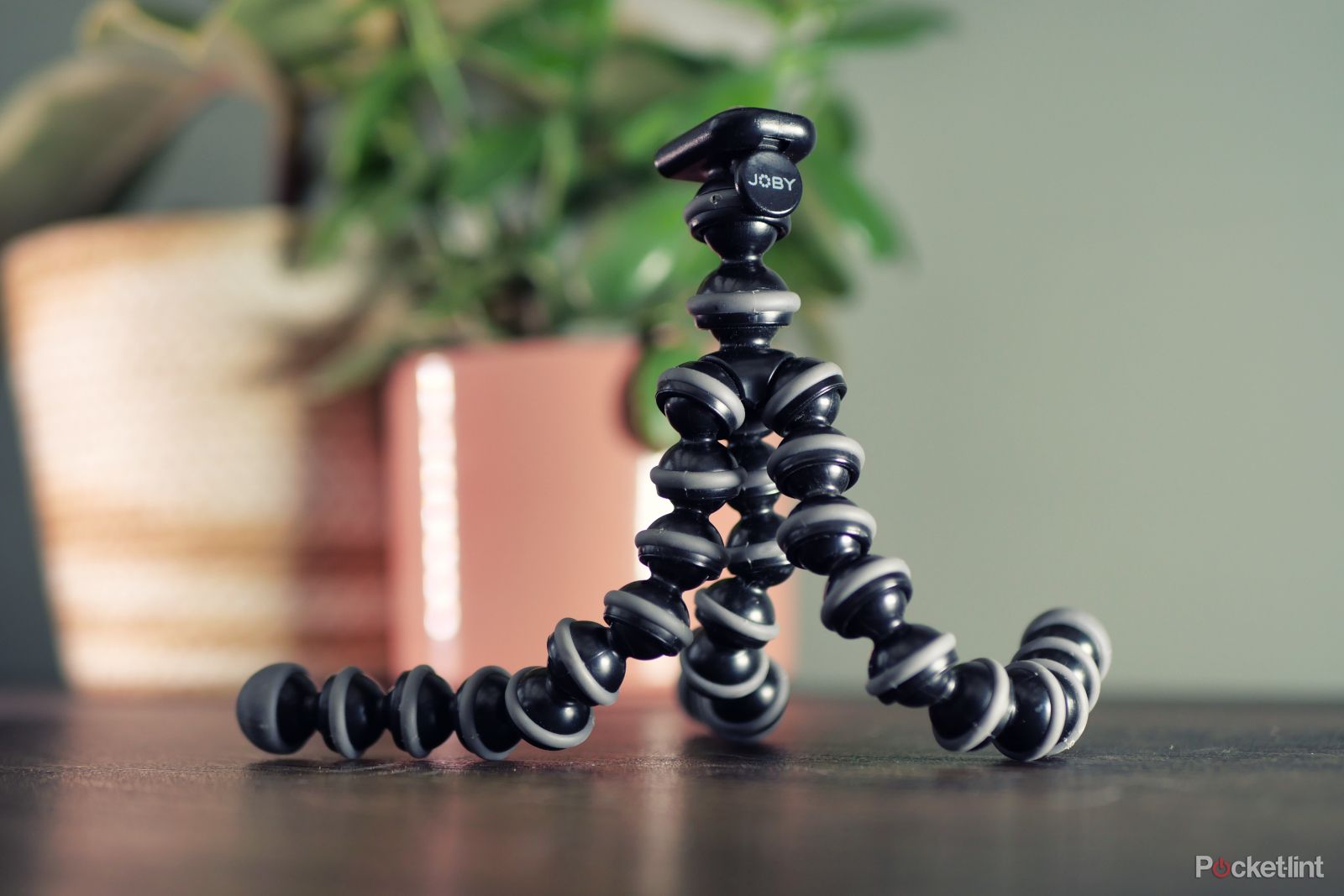
Best portable tripods: Compact picks to keep your camera steady on the go
These portable tripods fit in your bag and mobile lifestyle to capture the perfect pictures.
You can use a lens converter to use lenses that don’t match your camera’s mount-type. You’ll have to do your research, however, to see if the converter will crop your frame. Lens converters may also disable stabilization and autofocus features, so read all the details before you purchase.
Are mirrorless cameras better than DSLR cameras?
Mirrorless, full-frame cameras are all the rage these days, but DSLRs still have their benefits. For one, they have optical viewfinders. Some professionals consider optical viewfinders to be superior, since they may give a more accurate representation of the final shot. DSLR cameras are often more affordable, as well, and their 20-year market dominance bestowed them with a vast array of lens options and camera models.
However, the future looks mirrorless. Free of a mechanical mirror, these novel designs allow for faster frame rates, faster image processing, and faster continuous drives. They’re also a bit more compact compared to DSLRs. A large reason mirrorless cameras have superior specs is because manufacturers have been pouring their efforts into them, while DSLR cameras are getting shouldered out of the game.
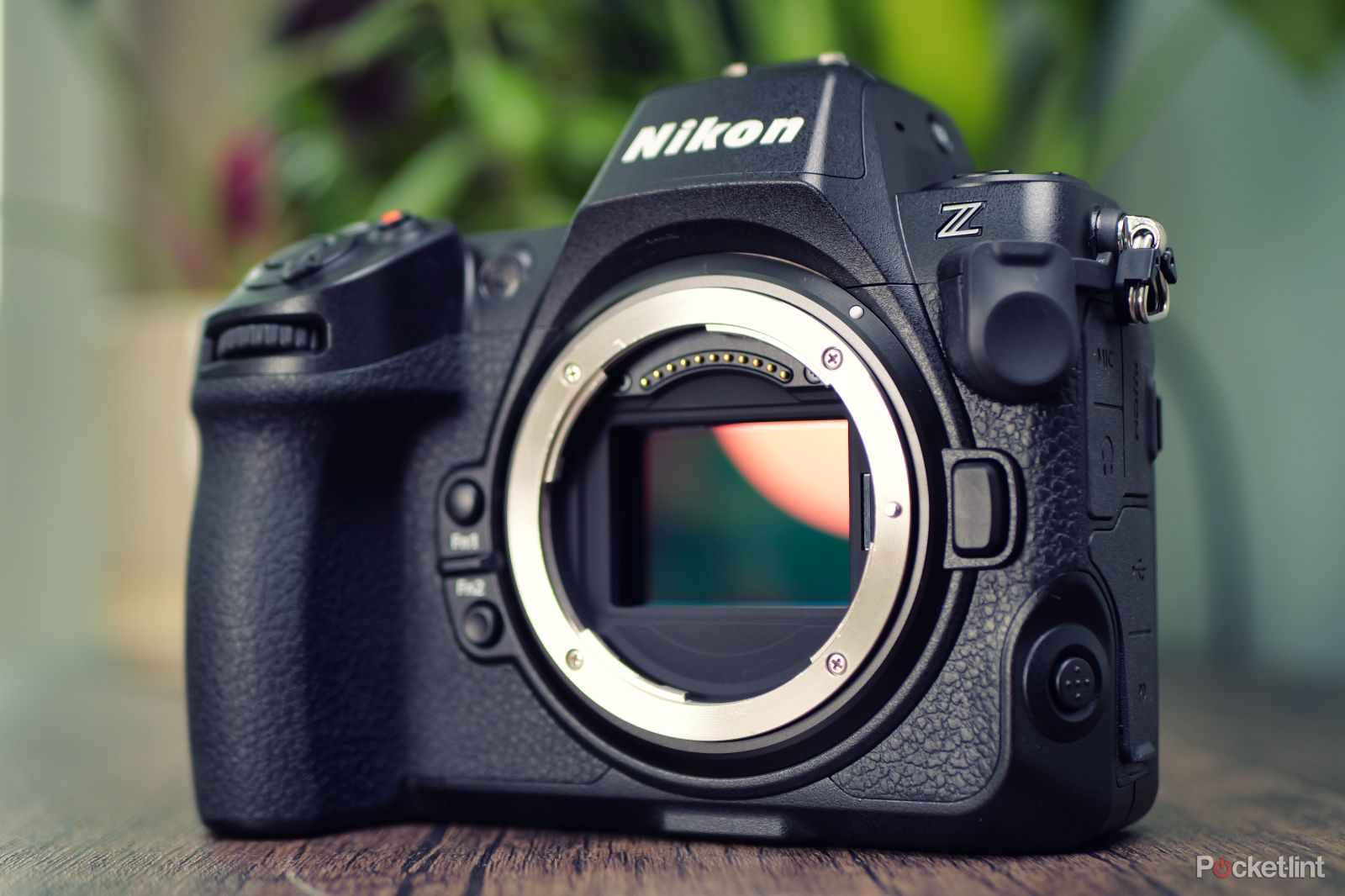
Best mirrorless cameras: Top interchangeable lens cameras from Sony, Canon, Panasonic and more
Mirrorless cameras are where it’s at for both photographers and video makers alike, here are our favourites.
Nonetheless, there’s nothing wrong with a DSLR, and they’re not obsolete yet. If you want an optical viewfinder, a greater number of options to choose from, and an affordable-yet-powerful camera, a DSLR will serve you well.
Vibration Reduction, Optical Image Stabilization, SteadyShot Image Stabilization — what’s the difference?
These are all different names for the same thing: in-lens stabilization. It seems the different camera manufacturers didn’t agree on a standard term for the technology, so we’re left with a bunch of different ways to call a spade a spade. And yet, whatever you call it, in-lens stabilization functions the same way, regardless of the brand. A small sensor within the lens detects movement and physically shifts the optics to compensate, reducing motion blur, jitter, and shaky shots.
Of course, the quality of in-lens stabilization varies between models. You can judge the strength of a particular lens’ stabilization system by searching for its CIPA rating. This is given in stops, and it essentially translates to the number of times slower you can make the shutter speed before motion blur becomes noticeable.

